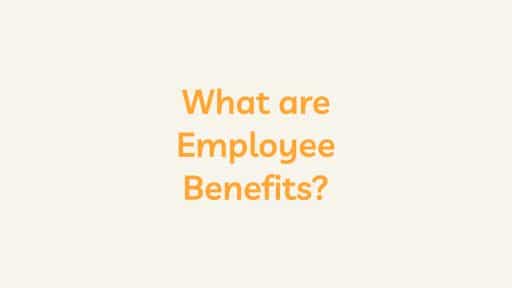What is Transitional Employment?
Transitional employment refers to a specific type of employment arrangement designed to assist individuals, often those facing barriers to traditional employment, in transitioning from unemployment to regular work. This form of employment typically involves short-term, structured positions that allow individuals to gain work experience, develop skills, and build confidence, ultimately enhancing their employability for permanent or mainstream jobs.
Key features and aspects of transitional employment
- Target Audience:
- Transitional employment programs are often targeted toward individuals facing challenges in the job market. This may include individuals with disabilities, those recovering from an illness or injury, individuals with a history of substance abuse, or individuals with other barriers to employment.
- Short-Term and Temporary:
- Transitional jobs are temporary in nature and are intended to be a stepping stone to more permanent employment. These positions usually have a set duration, allowing individuals to gain recent work experience.
- Training and Skill Development:
- Transitional employment often includes training and skill development components. Participants may receive on-the-job training to enhance or acquire new skills to improve their marketability in the broader job market.
- Supportive Work Environment:
- Employers offering transitional jobs often create a supportive work environment. This may involve additional supervision, mentorship, or accommodations to address the specific needs of the individuals in the transitional employment program.
- Collaboration with Social Service Agencies:
- Transitional employment programs may collaborate with social service agencies or community organizations. These agencies can provide additional support, such as counseling, case management, or assistance with addressing personal challenges that may impact employment.
- Gradual Integration:
- The transition in transitional employment implies a gradual shift toward more conventional employment. Individuals in these programs work toward increasing their skills, confidence, and readiness for long-term employment during the transitional period.
- Diverse Industries and Job Types:
- Transitional jobs can span various industries and job types. Examples include entry-level manufacturing, retail, hospitality, or office administration positions. The goal is to expose participants to diverse work environments and tasks.
- Employer Partnerships:
- Employers in the public and private sectors may partner with transitional employment programs to create job opportunities for participants. These partnerships can be mutually beneficial, providing employers with a flexible and motivated workforce.
- Evaluation and Progress Monitoring:
- Transitional employment programs often include mechanisms for evaluating participants’ progress. This may involve regular assessments of performance, feedback sessions, and adjustments to the training or support provided based on individual needs.
- Pathway to Sustainable Employment:
- The ultimate aim of transitional employment is to serve as a pathway to sustainable, long-term employment. As participants gain experience and skills, they become better positioned to secure permanent positions in the open job market.
Conclusion
Transitional employment programs play a valuable role in facilitating the integration of individuals who may face challenges in securing regular employment. These programs contribute to workforce development and inclusive employment practices by offering a supportive and structured environment.





